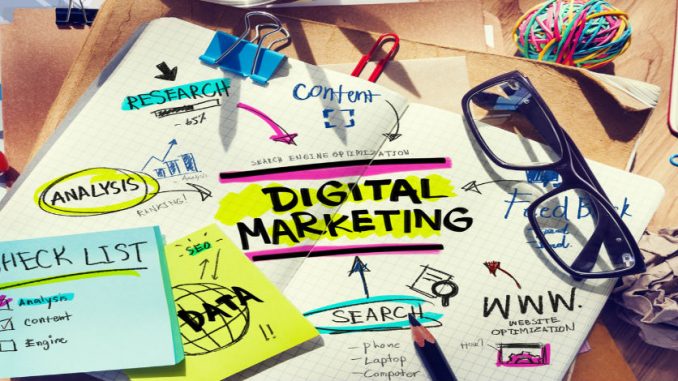
Ever since marketing found a new home on digital platforms, the rules of engagement between a brand and the consumer changed. While the traditional principles of marketing formed the basis of digital marketing, the evolved product was a completely new experience. Everything became quantified. Everything became real time. Everything became trackable. That was the power that digital marketing offered. It gave traditional marketers a new burst of excitement. Smart brands like Coca Cola, Unilever and Burberry combined the power of digital marketing with their age old method of story narration to create digital experiences which helped them connect with the consumers better.
The advent of digital marketing also made information sharing easier. Be it for the brands or for the consumer. Communication between the two parties was no longer happening in a closed environment of a phone call or a letter to the customer care. Stakeholders were now having a public conversation. Social Media channels became hotbeds for such conversations. Open, free flowing and trackable. If you were a smart brand manager, you would have known how exactly to play this game.
As we all know, businesses depend a lot on data analytics to make key decisions. To gather enough data which could help brands arrive at a logical conclusion, millions were being spent. Digital communication changed a lot of it. Now there was no dearth of information. With consumers actively adopting a digital lifestyle, they are openly sharing their views on various channels, forums and platforms. Brands have a new road to consumer insight. All they have to do is to carefully listen in to what their consumers are already saying on digital channels. Listen, Learn & Leverage has become the new mantra.
Listening and analyzing to what consumers are saying online has given a deeper understanding to their needs, wants, lifestyle, & pain points. For the first time, brands were able to tap into the source of information directly. This has allowed them to create campaigns which have higher acceptance. By monitoring the conversations about themselves and the competition, the brand are able to understand the prevailing sentiment amongst the customers and therefore either improve or build on their offerings. The communication is no longer just message centric. Communication has become data centric. What kind of reaction the message evoked? Did the communication travel in layers? Was the story positively received? Message has to be measured via monitoring, listening and analysis!
With the rapid adoption of digital technology in purchase cycle and data being captured in every step, brands today have the ability to work on predictive analysis for marketing. Predictive Marketing allows brands to become customer centric rather than being product or offer centric. It is driven by continuous data gathering and analysis through various digital channels and tools. It is not a new phenomenon. Retail industry has used this for some time now, but in the digital space, the magnitude has increased significantly, thereby giving a lot more accurate results. Suddenly, sales team is working more closely with the marketing team. With digital data and previous sales cycle insights, the teams are now more equipped to create a marketing-sales campaign which will deliver better results.
Using predictive data analysis, both first time buyers and repeat buyers can be identified. Once the identification is done, marketing communication can be customized to increase the possibility of getting that final click on the buy button. This also allows brands to understand how they can increase the lifetime value of the customer. Technology & digital marketing allows for such customization to be delivered frequently and at effective costs. That is not all. With the help of browsing data analysis, predictive marketing can deliver the brand marketing communication again and again. Google and Facebook marketing involves a lot of this system.
Today, data analytics is not restricted to just online platforms. Smartphones are allowing creations of Intelligent Bots that will learn with every touch of the screen. These bots will then link up with all your digital gateways – banks, digital marketplaces, mails, calendars, internet enabled devices, messengers etc. to deliver a completely seamless digital and real existence. WeChat, the Chinese equivalent of Whatsapp, is a true example of this. It allows you to do everything that otherwise would have needed 10-15 different apps. Brands are therefore creating chat bots. In future these bots will talk to you directly, like humans, collect data and surprise you with offers that you will think was created by someone who can read your mind. Maybe, SOMETHING did just that!

Leave a Reply